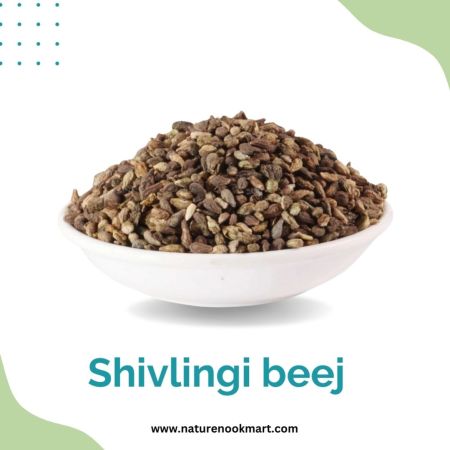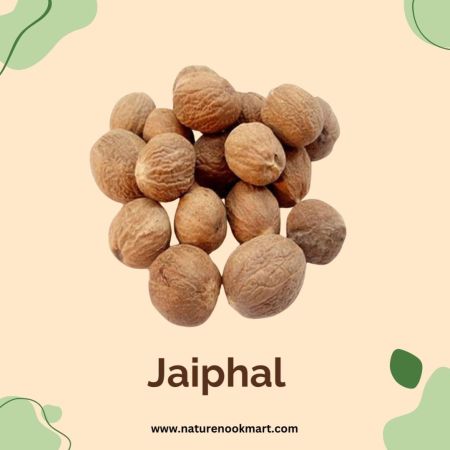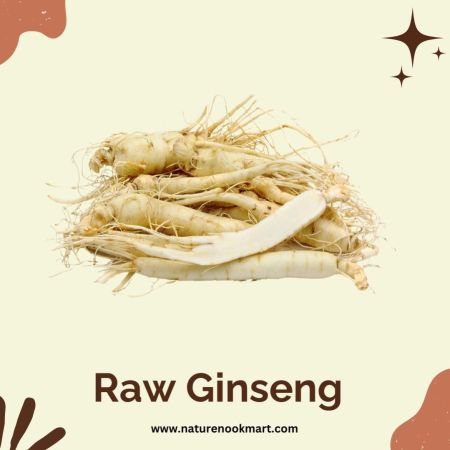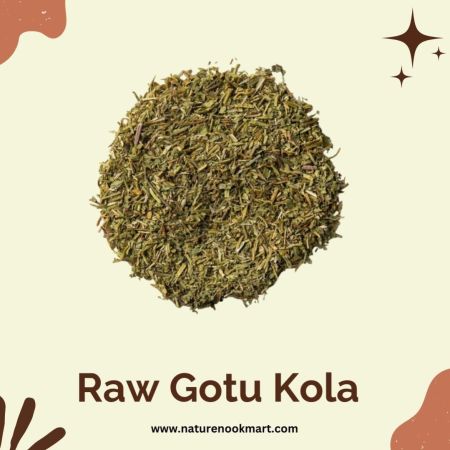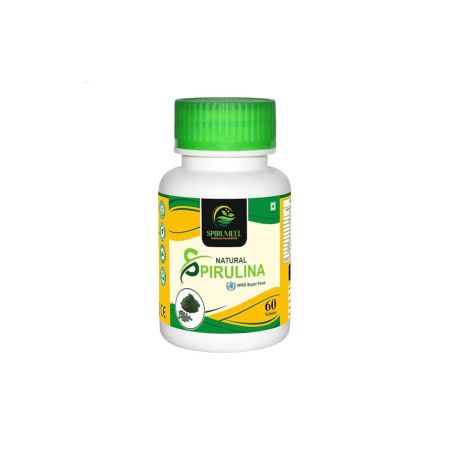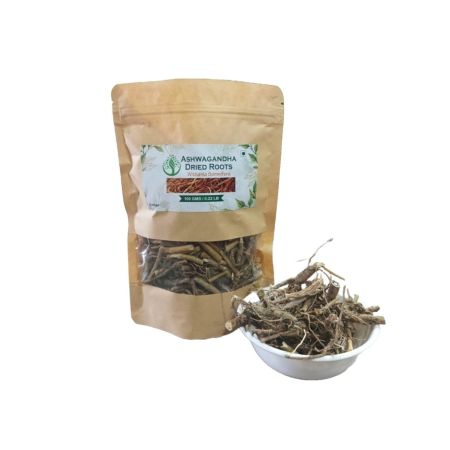|
Ginger is a flowering plant whose rhizome, commonly referred to as ginger root, is widely used as a spice and natural remedy. Native to Southeast Asia, ginger has been a staple in traditional medicine and culinary practices for centuries. Its raw form is prized for its pungent aroma, spicy flavor, and numerous health benefits.
Botanical Characteristics:
Ginger is a perennial plant that grows up to 1 meter (3 feet) tall. The rhizome, or underground stem, is knobby and light brown with a fibrous texture. It has a pale-yellow interior with a characteristic warm and spicy scent. Ginger plants produce narrow, lance-shaped leaves and small yellow-green flowers.
Health Benefits of Raw Ginger:
Raw ginger is a nutritional powerhouse, rich in bioactive compounds like gingerol, which contributes to its medicinal properties:
Digestive Health:
Stimulates digestion and alleviates indigestion, bloating, and gas.
Relieves nausea and vomiting, including morning sickness and motion sickness.
Aids in managing symptoms of irritable bowel syndrome (IBS).
Anti-Inflammatory and Pain Relief:
Reduces inflammation in conditions like arthritis and muscle soreness.
Provides natural relief for headaches and menstrual cramps.
Immune Support:
Strengthens the immune system due to its antimicrobial and antioxidant properties.
Helps combat colds, flu, and respiratory infections.
Metabolism Boost and Weight Management:
Enhances metabolism and supports healthy weight loss by increasing fat burning.
Cardiovascular Health:
Promotes healthy blood circulation and lowers cholesterol levels.
Helps regulate blood pressure and reduces the risk of heart disease.
Culinary and Medicinal Uses of Raw Ginger:
Freshly Grated: Used in teas, soups, stir-fries, and marinades for its spicy, warming flavor.
Juice or Extract: Consumed directly or added to smoothies and detox drinks.
Raw Slices: Chewed or infused in hot water to soothe the throat and aid digestion.
Poultice: Applied externally for joint pain or muscle soreness.
Cultural and Historical Significance:
Ginger has been used for over 5,000 years in Ayurvedic, Chinese, and Middle Eastern medicine. It was a highly sought-after spice in ancient trade routes and often regarded as a symbol of health and wealth.
Nutritional Composition of Raw Ginger:
Vitamins: Vitamin B6, Vitamin C.
Minerals: Potassium, magnesium, manganese, and copper.
Bioactive Compounds: Gingerol, shogaol, and zingerone.
Calories: Low in calories, rich in fiber and essential nutrients.
Environmental Role and Cultivation:
Ginger thrives in tropical and subtropical climates, requiring well-drained soil and moderate rainfall. Its cultivation supports sustainable farming practices and provides economic benefits to small-scale farmers.
|



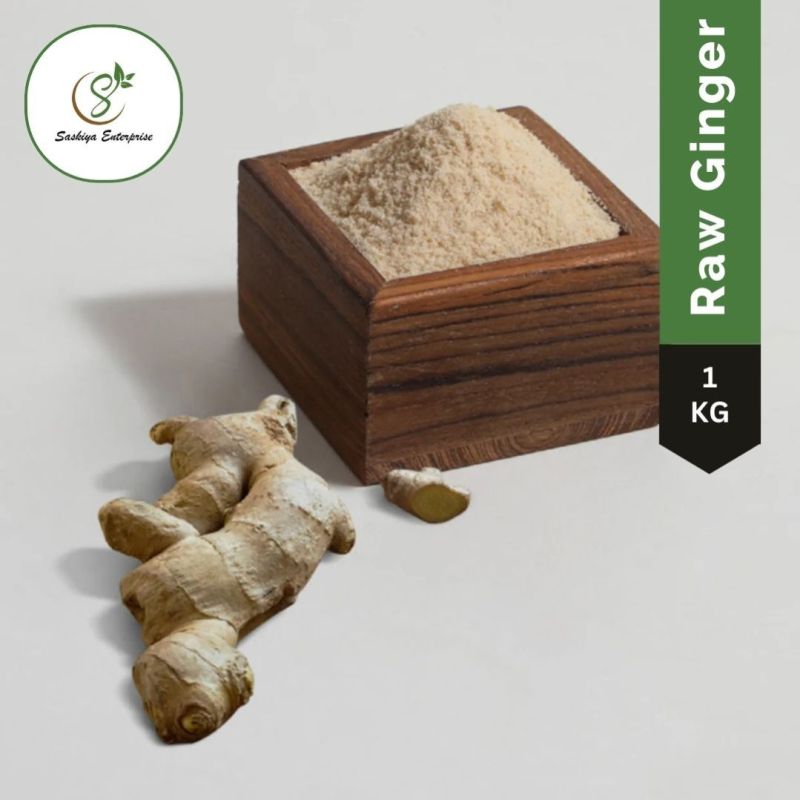
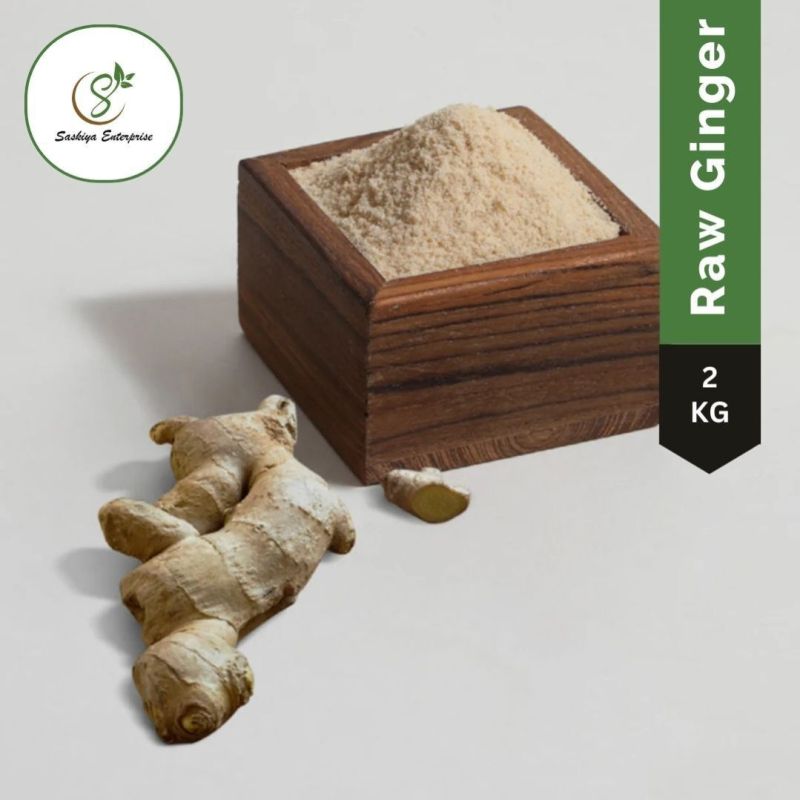
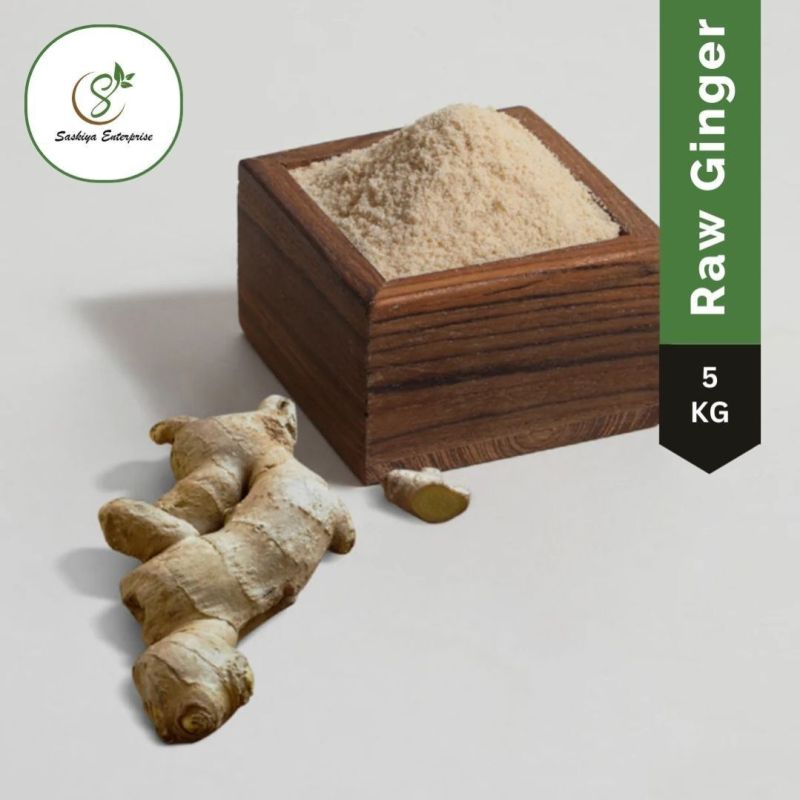

.jpg)
.jpg)
